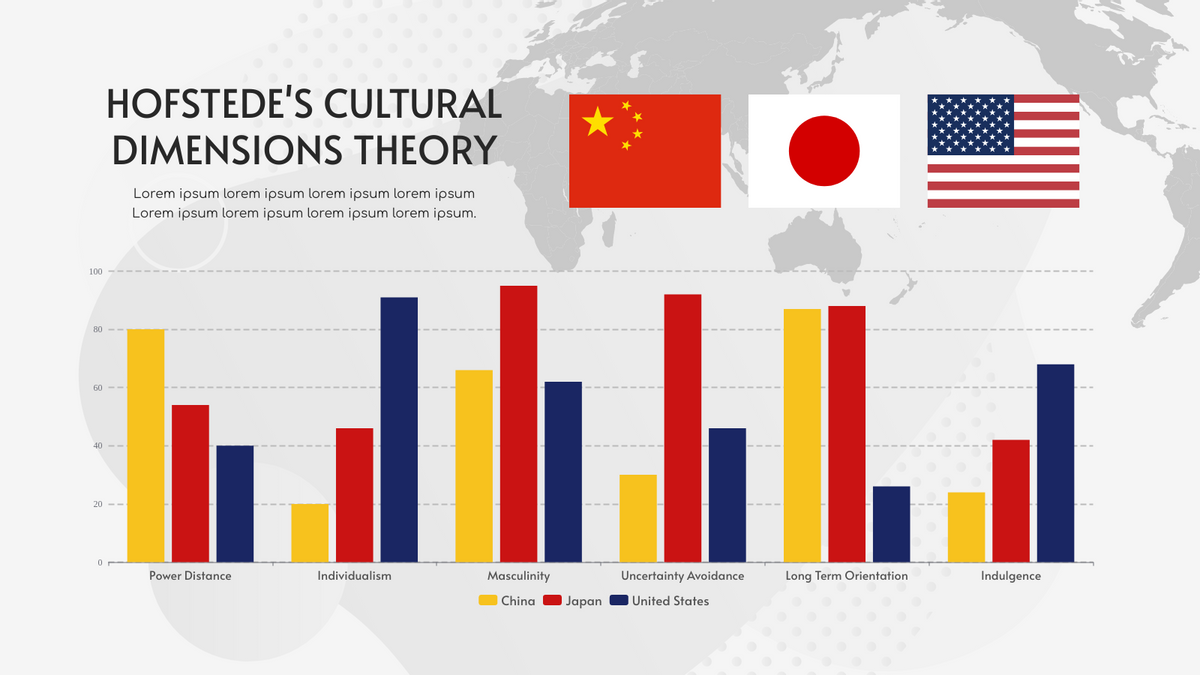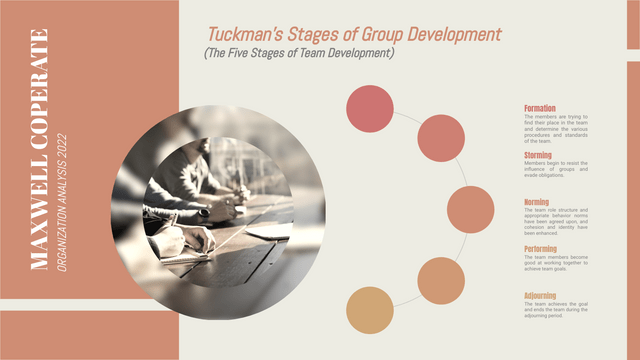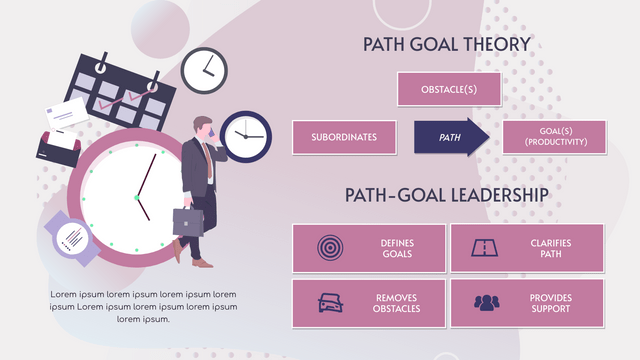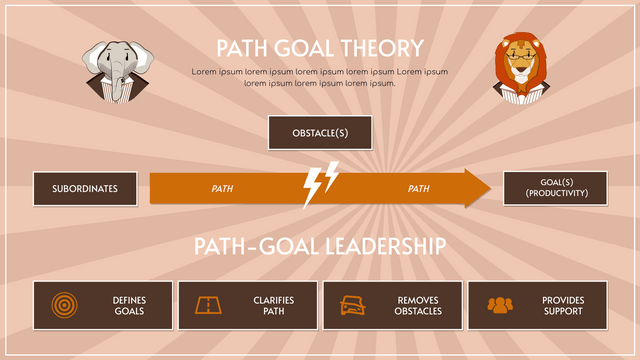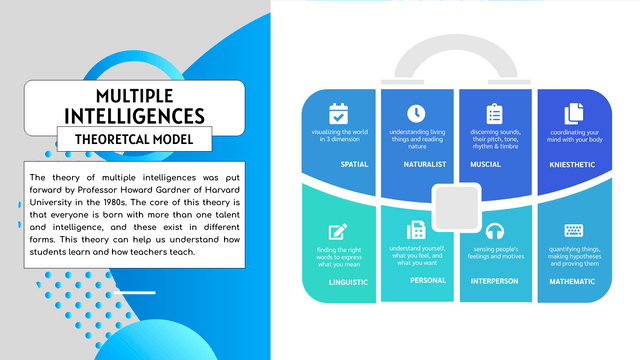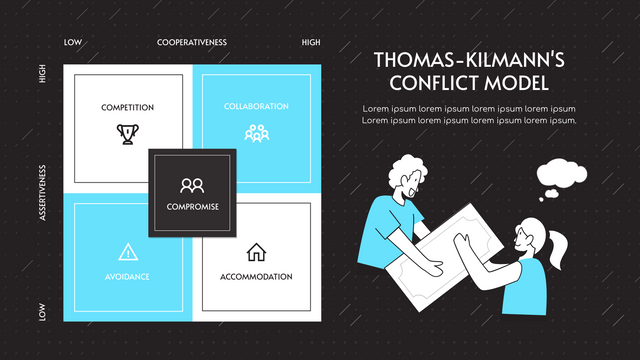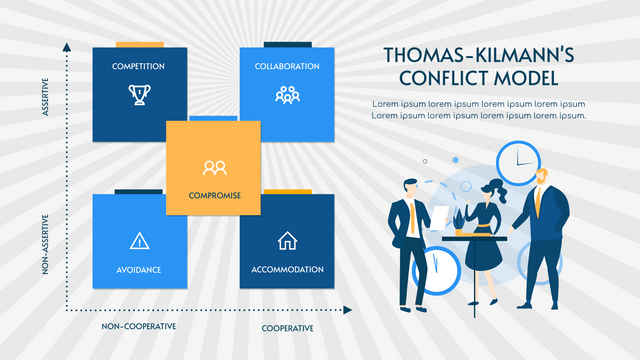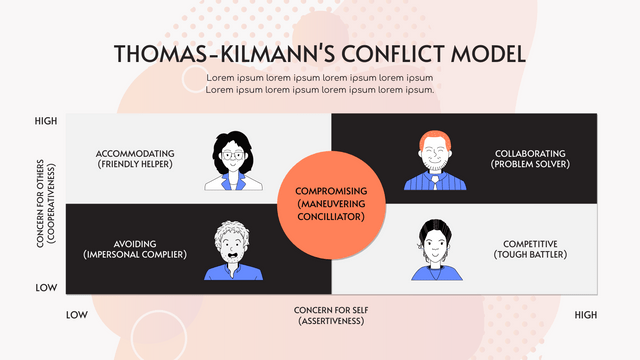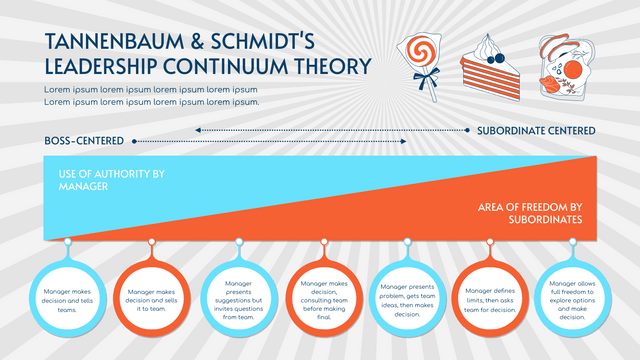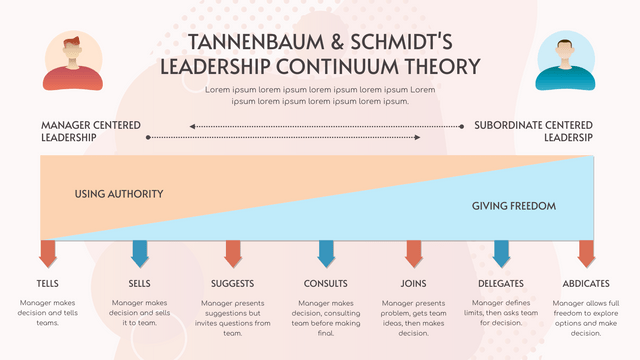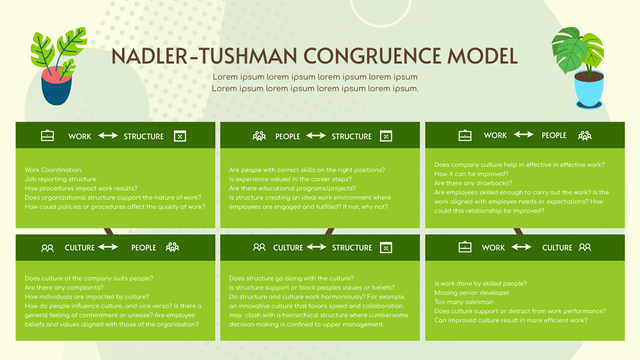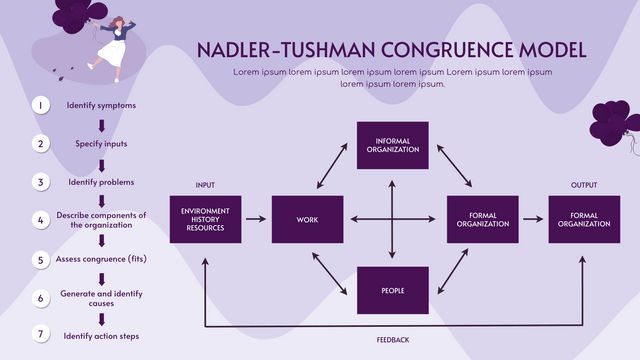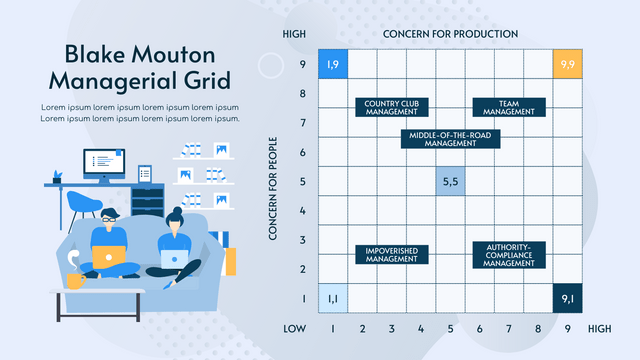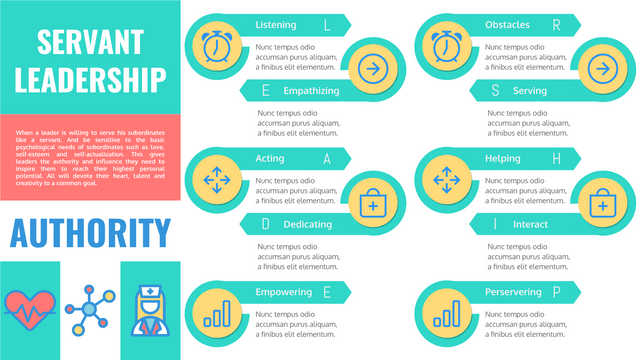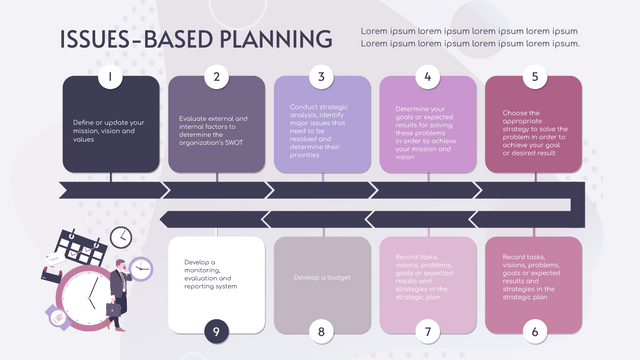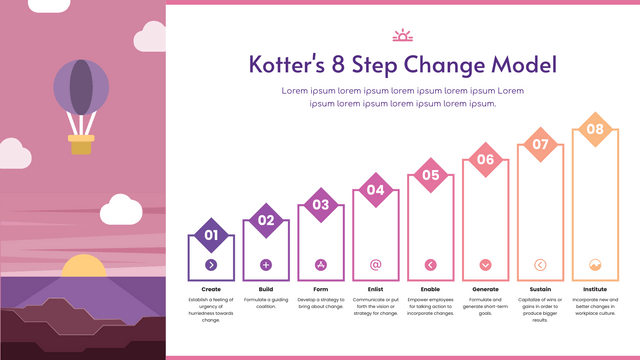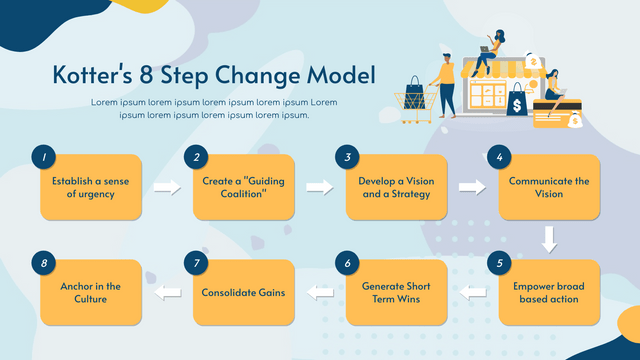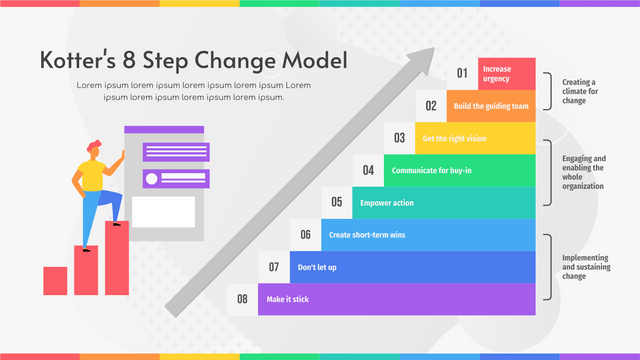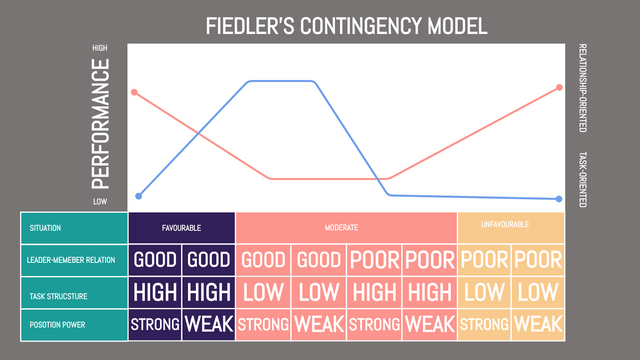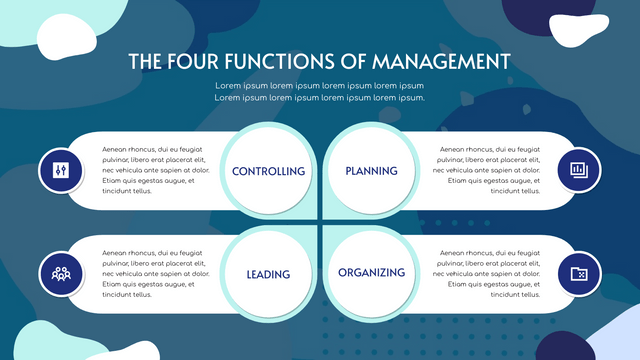What is Hofstede's Cultural Dimensions Theory?
The collective programming of the mind which distinguishes the members of one group or category of people from another. (Geert Hofstede, Dutch researcher of culture)
Therefore, culture is not an individual characteristic, but a psychological program shared by many people with the same social experience and education.
Different groups, different countries or regions of the people, the common psychological program will be different, because they have been different education, different society and work, and thus have different ways of thinking.
Hofstede’s Six Cultural Dimensions Theory
Hofstede’s team surveyed 72 countries (up from 106 at the moment) using questionnaires. The results of the final survey were distinguished from six different dimensions of values. This theory came into being since the 1980s and has been continuously supplemented and improved, becoming an important reference for many researches and analyses of human behavior in countries. Here are the six dimensions:
Power Distance: Simply put, it is the acceptance of the control of Power by the citizens of a society. The higher the score, the higher the acceptance.
Individualism / Collectivism: A measure of whether a society as a whole cares about the interests of individuals or the collective. The higher the score, the more Individualism it values.
Masculinity /Femininity: It mainly depends on the social leading ability of male and female. The higher the score, the more prominent the Masculinity will be. On the contrary, it shows that the femininity of the society is outstanding.
Uncertainty Avoidance: It refers to the ability of a society to avoid the occurrence of uncertain events, whether to try to control the future or to let it happen and accept the future. The higher the score, the stronger the avoidance of uncertain events.
Long Term Orientation: It refers to the extent to which members of a culture are willing to delay gratification of their material, emotional, and social needs. The higher the score, the more important it is to focus on the long term rather than the short term.
Indulgence /Restraint: It refers to the extent to which a society allows for people's basic needs and desire to enjoy life and pleasure. The higher the value is, the less binding force the society has on its citizens and the more permissible it is to indulge.
Hofstede's Cultural Dimensions Theory Template
Here is a column chart template made to show the application of Hofstede's Cultural Dimensions Theory. The template was created with Visual Paradigm's column chart maker. You can customize this template by modifying the text, color, clipart, etc.
